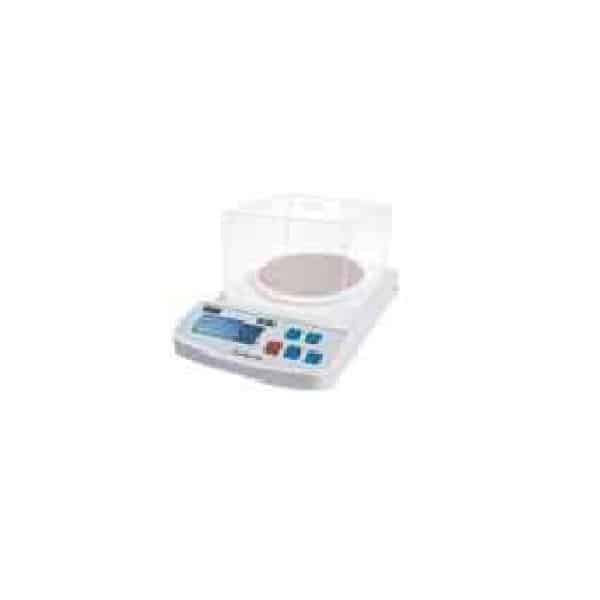Description
AMMETER (MO – 65)
Range 0-1, 1.5, 3, 5, 10Amp
An ammeter, also known as an ampere meter, is a fundamental instrument used to measure electric current in a circuit. It is an essential tool for electrical engineers, technicians, and scientists working with electric circuits and systems. The ammeter plays a crucial role in monitoring and troubleshooting electrical currents, ensuring the safe and efficient operation of various electrical devices and equipment.
The ammeter works on the principle of electromagnetic induction. It consists of a calibrated coil, known as a shunt, which is placed in series with the circuit under measurement. When current flows through the circuit, a magnetic field is generated, causing the shunt coil to experience a force proportional to the current passing through it. This force moves an indicator needle or digital display, indicating the magnitude of the current being measured.
Ammeters are available in various types and designs, including analog (needle-based) and digital models, each offering specific features and benefits. Here are some key aspects and functionalities of the ammeter:
Current Measurement: The primary function of an ammeter is to measure electric current in a circuit. It provides an accurate reading of the magnitude of the current, typically in amperes (A) or milliamperes (mA). Ammeters are designed to handle different current ranges, allowing users to select the appropriate range for the desired measurement.
Measurement Sensitivity: Ammeters come in different sensitivity levels to accommodate a wide range of current values. High-sensitivity ammeters are used for measuring small currents, such as in electronic circuits, while low-sensitivity ammeters are suitable for measuring larger currents, such as in power distribution systems.
Analog and Digital Displays: Analog ammeters feature a mechanical needle that moves across a calibrated scale, providing a visual representation of the current. Digital ammeters, on the other hand, utilize digital displays that show the current value numerically. Digital ammeters often offer additional features like auto-ranging, data logging, and communication interfaces.
Shunt Resistor: The shunt resistor is a key component of the ammeter, providing a known resistance value to divert a portion of the current for measurement. The shunt resistor is carefully selected to ensure accurate current measurement while minimizing voltage drop and power dissipation.
Safety Features: Ammeters are designed with safety features to protect the user and the instrument. These features may include overload protection, fuse protection, and insulation to prevent electric shocks and damage caused by excessive currents.
Calibration: To ensure accuracy, ammeters should be periodically calibrated. Calibration involves comparing the readings of the ammeter with a known reference to adjust and verify its accuracy. Regular calibration ensures that the ammeter provides reliable and precise measurements.
Applications: Ammeters find applications in various fields, including electrical engineering, electronics, power generation, industrial automation, and research laboratories. They are used in circuit testing, troubleshooting, quality control, equipment maintenance, and monitoring electrical system performance.
In conclusion, the ammeter is a critical instrument for measuring electric current. It provides accurate readings and plays a crucial role in monitoring and analyzing electrical currents in circuits. Whether in analog or digital form, ammeters are essential tools for maintaining electrical safety, optimizing system performance, and ensuring the efficient operation of various electrical devices and equipment.
Only logged in customers who have purchased this product may leave a review.




Reviews
There are no reviews yet.